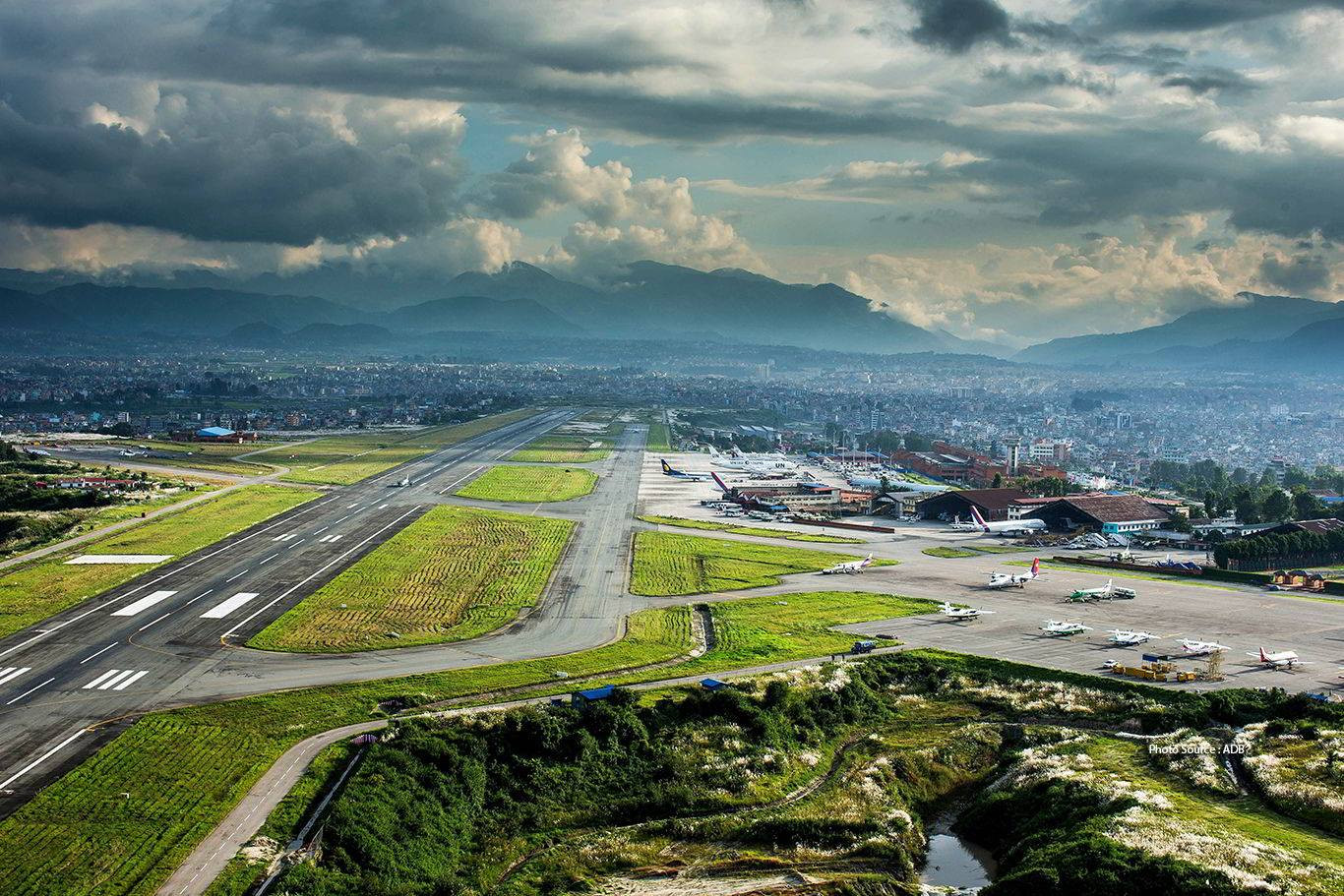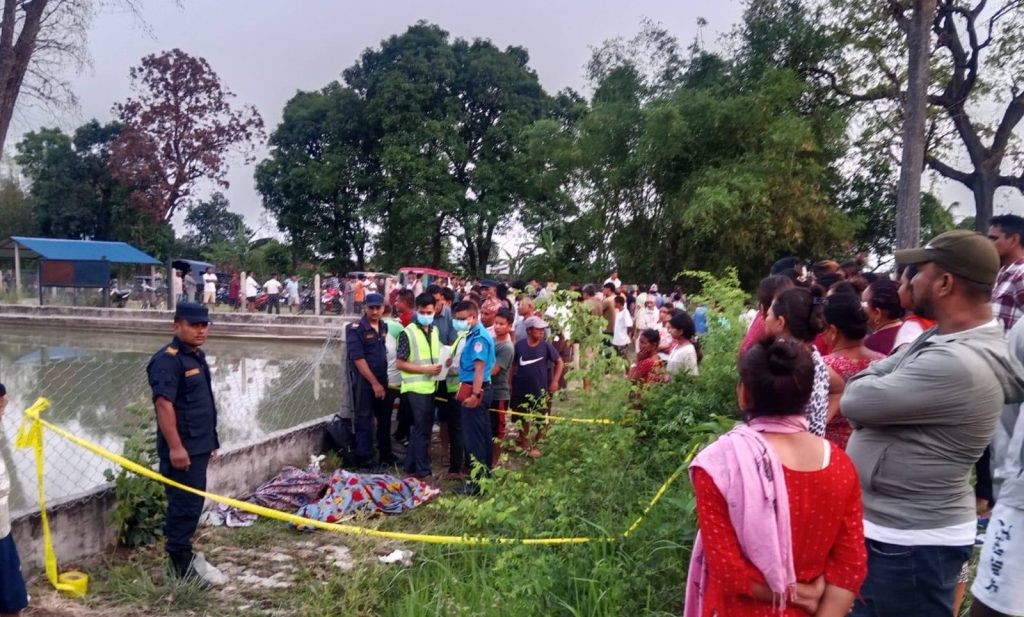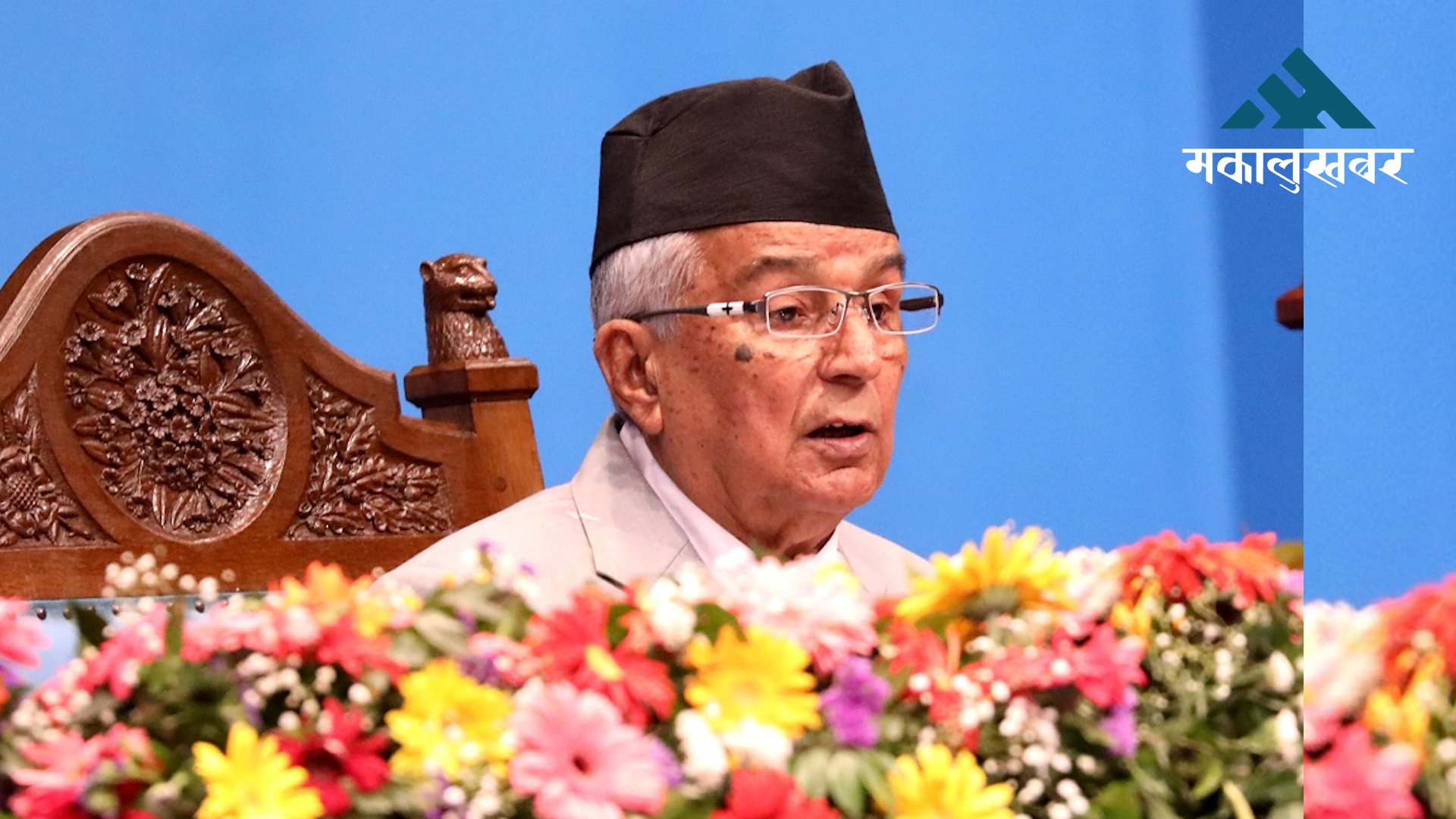Runway capacity at TIA to increase by 20-25% after upgrades
The Civil Aviation Authority of Nepal (CAAN) has initiated this closure to facilitate an extensive five-month expansion and upgrade project, aiming to boost airport efficiency, safety, and capacity.

KATHMANDU: Tribhuvan International Airport (TIA) will be closing daily for 10 hours, from 10 p.m. to 8 a.m., starting this Friday.
The Civil Aviation Authority of Nepal (CAAN) has initiated this closure to facilitate an extensive five-month expansion and upgrade project, aiming to boost airport efficiency, safety, and capacity.
The TIA Capacity Enhancement Project, under CAAN, is carrying out the upgrades in three key areas: the parallel taxiway on the airport’s southwest side, the international apron on the north side, and the hangar apron to the east.
This project is funded by a $1.1 billion (15 billion NPR) loan from the Asian Development Bank and is part of CAAN’s long-term master plan for TIA’s expansion.
According to Dipendra Shrestha, head of the TIA Capacity Enhancement Project, the upgrades will notably improve runway occupancy times and enable smoother air traffic control management.
In particular, the project includes a new parallel taxiway 75 meters from the main runway, which will help ease runway congestion and reduce delays, enhancing safety and efficiency for both air traffic controllers and operators.
To mitigate the impact of TIA’s closure, flights will be rerouted to the Gautam Buddha International Airport in Bhairahawa and Pokhara International Airport. However, airline operators have voiced concerns over the expected 30% reduction in flights, which could significantly impact their operations.
Once completed, the expansion is projected to increase TIA’s runway capacity by 20-25%, improving the airport’s ability to handle air traffic in compliance with International Civil Aviation Organization (ICAO) standards. These improvements include constructing eight new exit taxiways and 18 new parking aprons to reduce aircraft holding times in the air and on the ground.
The new parallel taxiway will also be located at a 172.5-meter distance from the runway, aligning with ICAO’s safety standards.
This construction work, initially decided seven months ago, had been planned with input and agreement from airline operators, given the airport’s dependency on airlines as a primary revenue source. CAAN issued an Aeronautical Information Publication (AIP) supplement to officially inform all stakeholders.
The project includes a broader vision to enhance TIA’s passenger and cargo handling capacity. Plans involve converting the current international terminal into a domestic one and constructing a new international terminal with an annual capacity of 10 million passengers, including a peak hour capacity of 3,500 passengers.
As the current infrastructure restricts safe construction during operational hours, the daily 10-hour closure is essential to complete work in sensitive areas within 75 meters of the runway, classified as highly sensitive per ICAO guidelines.
Within this perimeter, operations include the excavation and reinforcement of 3-meter-deep sections to withstand the weight and pressure of large aircraft.
Despite these challenges, CAAN selected the post-monsoon season, traditionally a period for construction projects, for optimal working conditions. This period allows for timely completion and minimizes risks associated with active monsoon periods.
Historically, TIA has undergone several upgrades to accommodate increasing air traffic. In 2020, the runway was extended to 3,374 meters, requiring a 12-hour closure nightly for nearly four months.
Similarly, in 2018, a four-month maintenance phase saw the airport close 10 hours daily, leading to a temporary 30% reduction in flights.
The TIA upgrade project marks a critical step in enhancing Nepal’s main airport to handle rising passenger numbers and improve operational safety, benefiting passengers, airline operators, and air traffic management in the long term.










